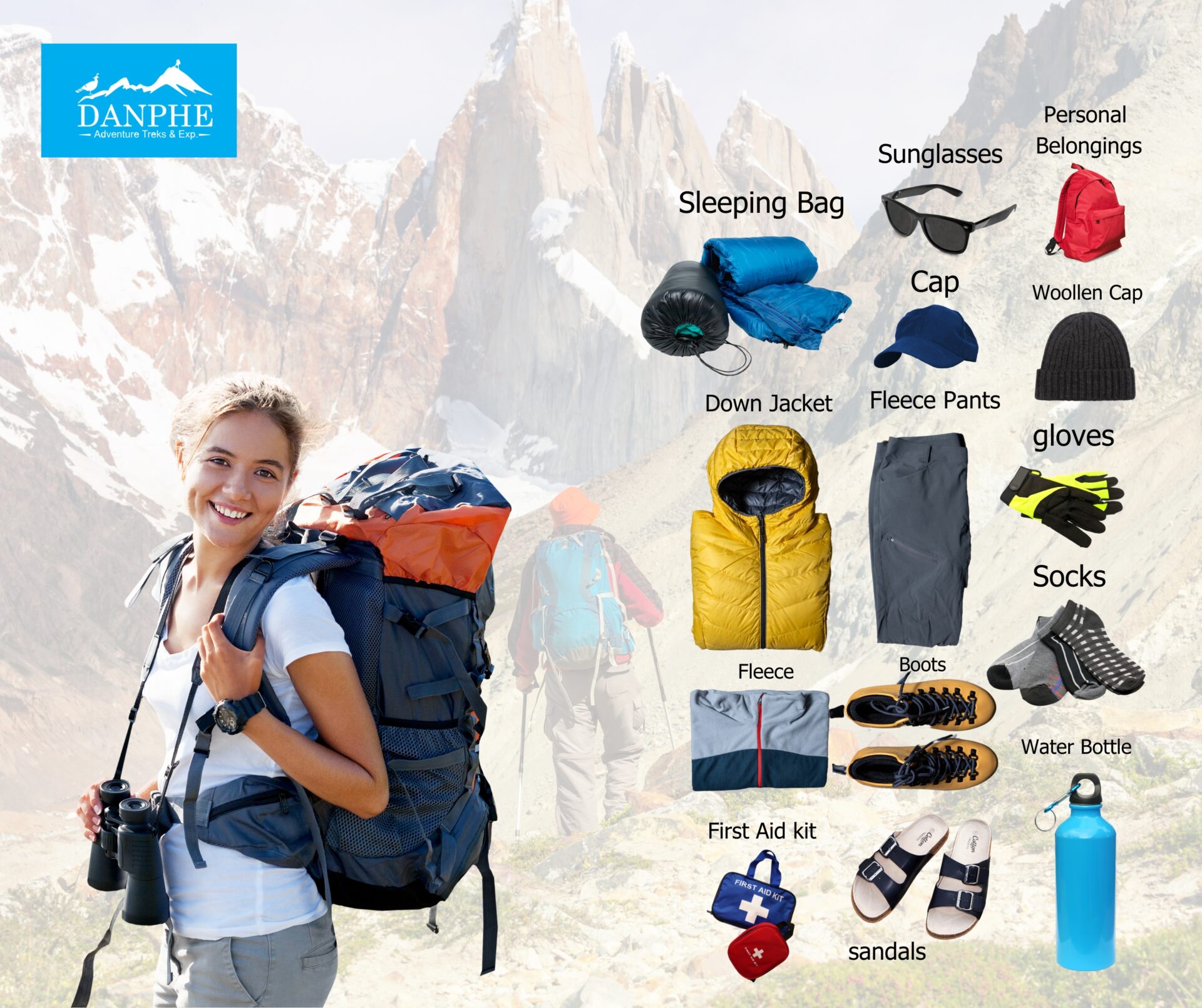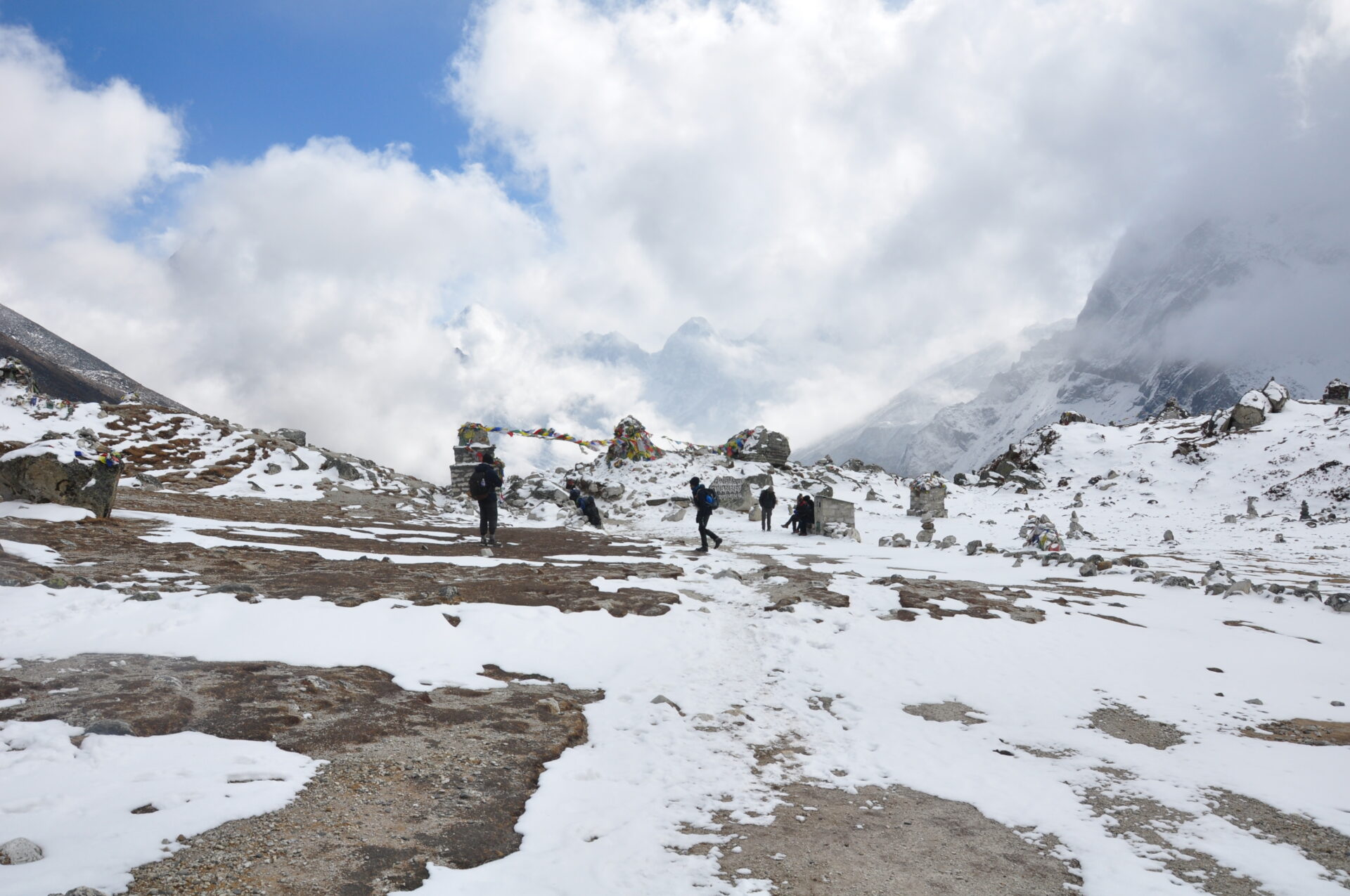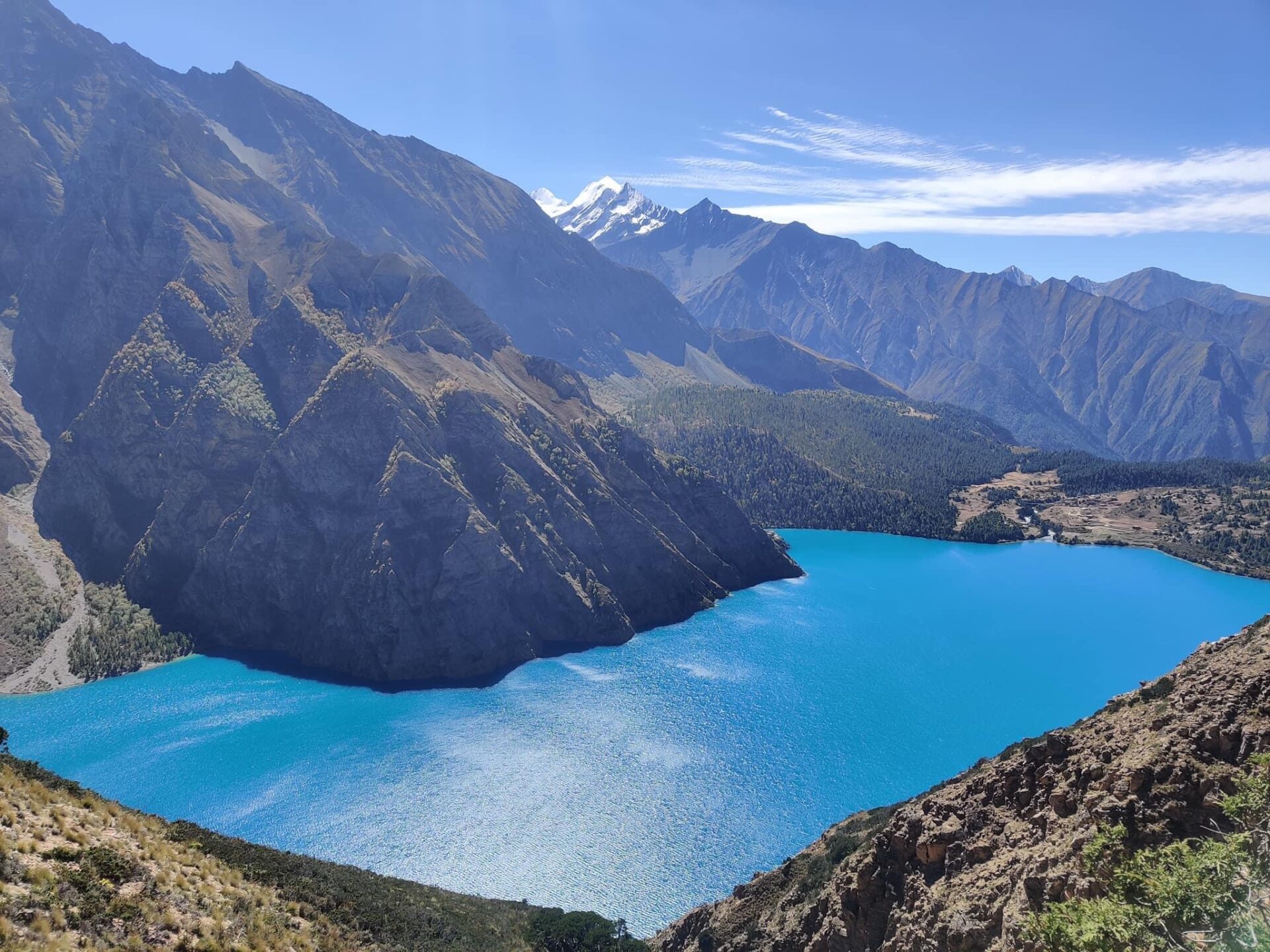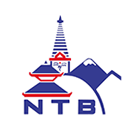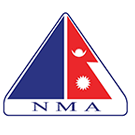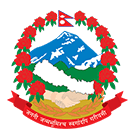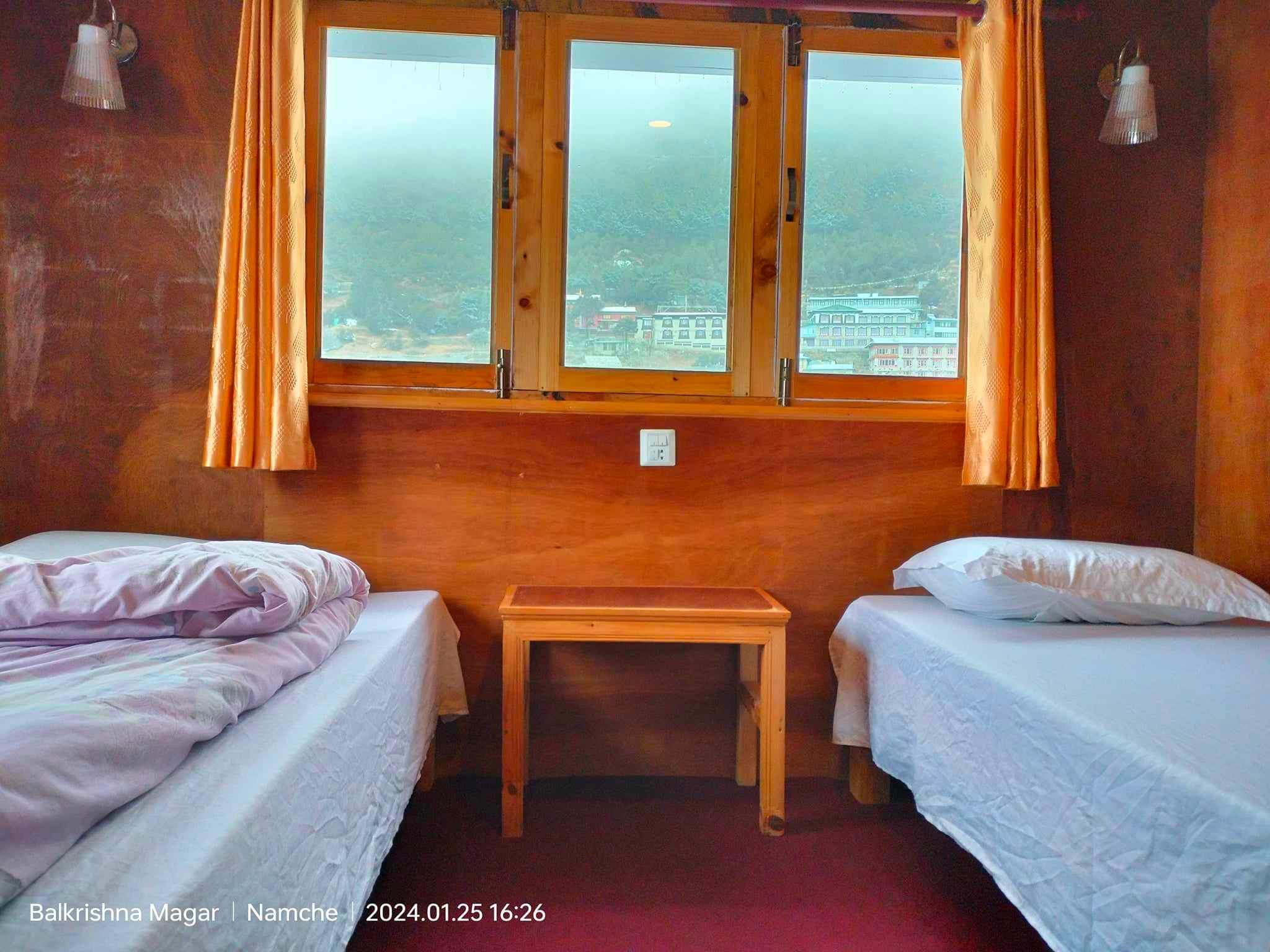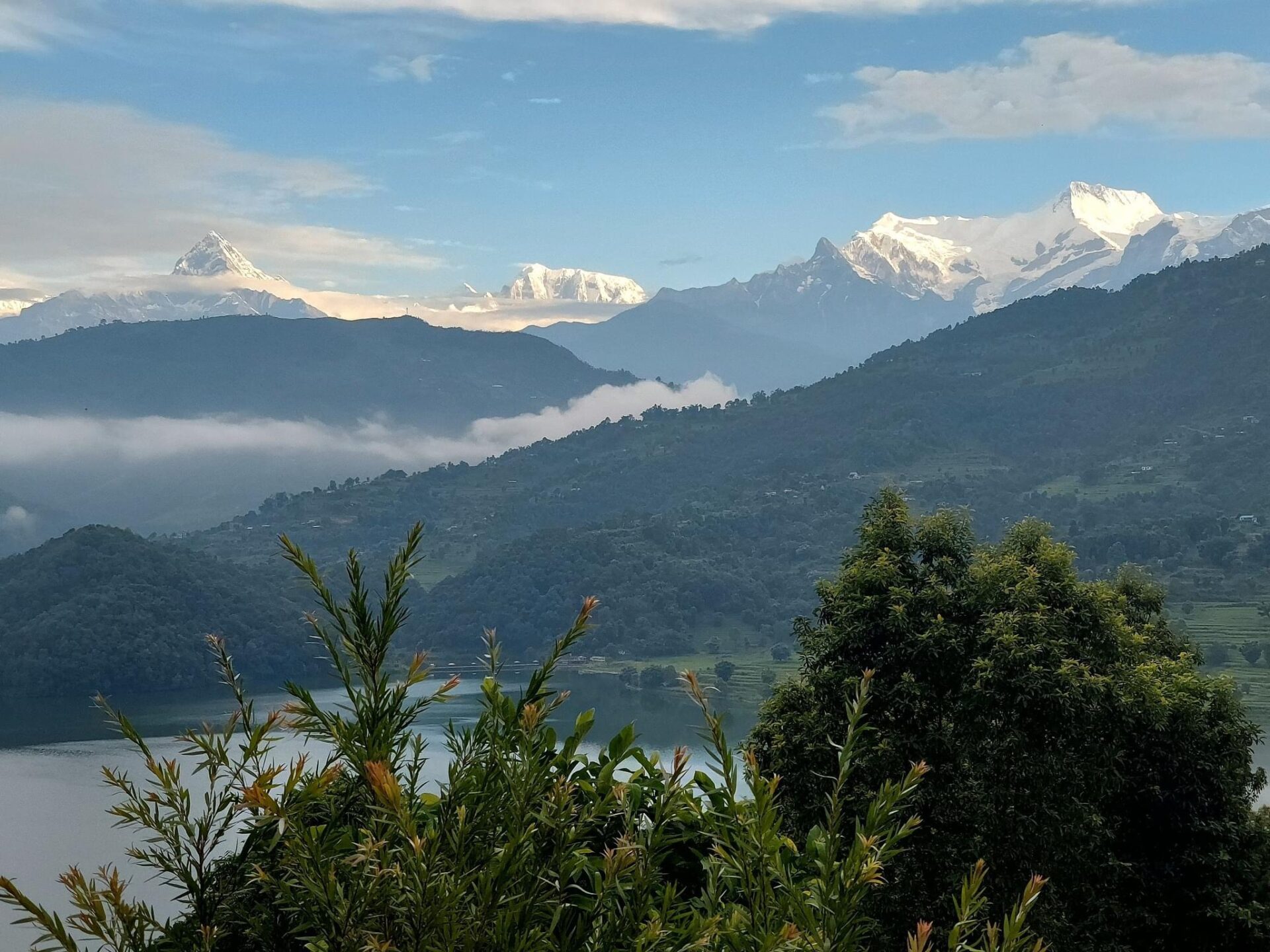The Everest region, with its iconic Everest Base Camp trek route, stands as a beacon for trekking enthusiasts worldwide. Every year, this majestic destination welcomes thousands of travelers seeking the adventure of a lifetime. The popularity of the Everest Base Camp trail has paved the way for excellent tourist infrastructure, offering a range of accommodation facilities.
Accommodation Along the Everest Base Camp Trail
The Everest Base Camp trail caters to a diverse range of trekkers, offering incredible accommodation services. Whether you opt for the mainstream route or venture into less-explored paths like Mera Peak or Gokyo Lakes, there’s something for everyone.
Lodges as the Mainstay: Lodges, also known as tea houses, serve as the primary accommodation for trekkers in the Everest region. These lodges come in two main types: basic and luxury. The choice between them depends on individual preferences, budget considerations, and the type of experience trekkers are seeking.
Basic Lodges: The Essence of Simplicity
1. Basic Amenities: Basic lodges are characterized by simplicity and functionality, providing essential amenities for trekkers. While lacking the luxury of higher-end accommodations, they serve as cost-effective and practical options.
2. Room Features:
- Twin Beds: Rooms typically house two trekkers with single beds. It’s advisable to bring a sleeping bag for added warmth and comfort.
- Limited Furniture: Basic lodges offer minimal furniture, focusing on functionality rather than extravagance.
- Single Rooms: Limited availability, and advance booking is recommended for those seeking single rooms.
- Insulation and Heating: Rooms are not individually heated; communal areas may have heating stoves.
- Electricity and Charging: Lodges rely on solar power and fuel; charging devices may incur a small fee.
- Hot Showers and WiFi: Additional services with extra charges; WiFi may have intermittent connections.
3. Toilet Facilities: Toilet styles vary; lower altitudes may have Western-style flush toilets, while higher altitudes often feature basic squat toilets.
Luxury Lodges: Elevating Comfort and Convenience
1. Enhanced Comfort: Luxury lodges are designed to offer a higher level of comfort, spacious rooms, and additional amenities for a more indulgent stay.
2. Room Features:
- Attached Bathrooms: Unlike basic lodges, luxury accommodations often have attached bathrooms for added privacy.
- Heating Systems: Common areas and individual rooms are equipped with heating, ensuring warmth at higher elevations.
- Elevated Dining: Luxury lodges provide an extensive menu with a focus on quality and variety.
- Personalized Service: Expect a more personalized level of service, with strategic locations offering breathtaking views.
Cost Considerations:
1. Basic Lodges:
- Twin Shared Rooms: USD 5 to USD 15 per night.
2. Luxury Lodges:
- Twin Shared Rooms: USD 150 to USD 450 per night.
Choosing Between Basic and Luxury Lodges:
The decision between basic and luxury lodges hinges on individual priorities, preferences, and budget considerations. Both options offer unique experiences, catering to trekkers with diverse preferences.
Accommodation Along the Everest Base Camp Trek: Major Stops
- Kathmandu:
- Wide range of accommodation options from budget to luxury.
- Lukla:
- Hotels with landscaped lawns, balcony rooms, and patio dining; reasonable prices.
- Namche Bazaar:
- Over 50 accommodation choices; options from basic to deluxe; renowned bakeries and cafes.
- Tengboche:
- Limited teahouses; stunning views from the Tengboche Monastery.
- Dingboche and Pheriche:
- Basic teahouses with accommodation extensions of family homes.
- Thukla:
- Dozen basic lodges; limited food options; basic amenities.
- Lobuche:
- Mix of high-end hotels and basic lodges; camping area available.
- Gorak Shep:
- Last settlement; five basic lodges; serves as a base for EBC and Everest.
Tips for Booking Accommodation on Everest Base Camp Trek:
- Plan Ahead:
- Peak seasons (September to November and March to May) may require advance booking.
- Professional Trekking Agency:
- Reserve through experienced trekking operators for secured bookings.
- Flexibility:
- Be open to itinerary changes due to weather conditions; inform lodges in case of delays.
- Bring Your Sleeping Bag:
- For hygiene, carry your sleeping bag; available for rent in Kathmandu, Lukla, or Namche.
- Cash Availability:
- Tea houses often do not accept credit cards; withdraw enough cash in advance.
Conclusion:
The Everest Base Camp trek is a thrilling adventure, and choosing the right accommodation enhances the overall experience. Whether opting for the simplicity of basic lodges or the indulgence of luxury accommodations, trekkers are sure to find a cozy haven amidst the awe-inspiring landscapes of the Everest region. Plan wisely, be flexible, and enjoy the journey to the base of the world’s highest peak.
